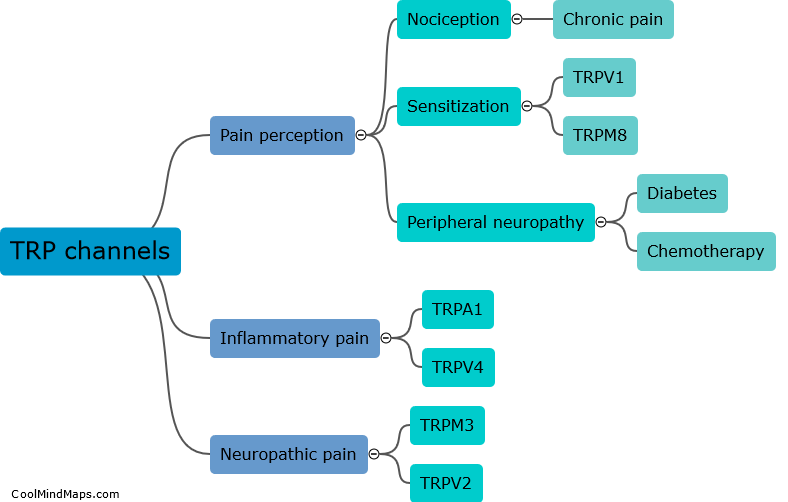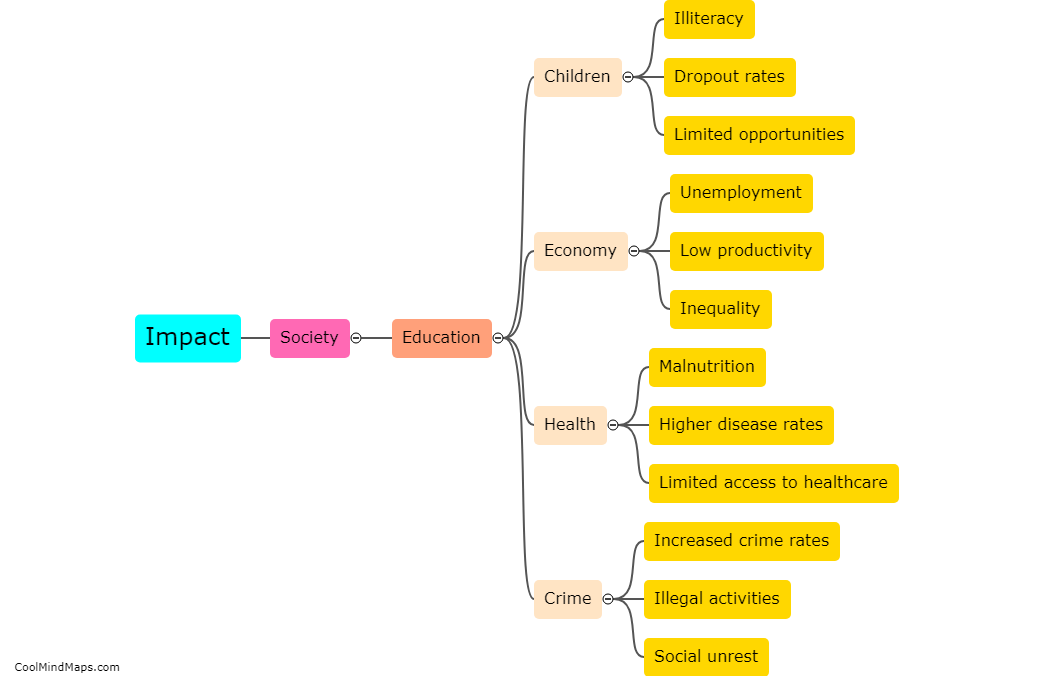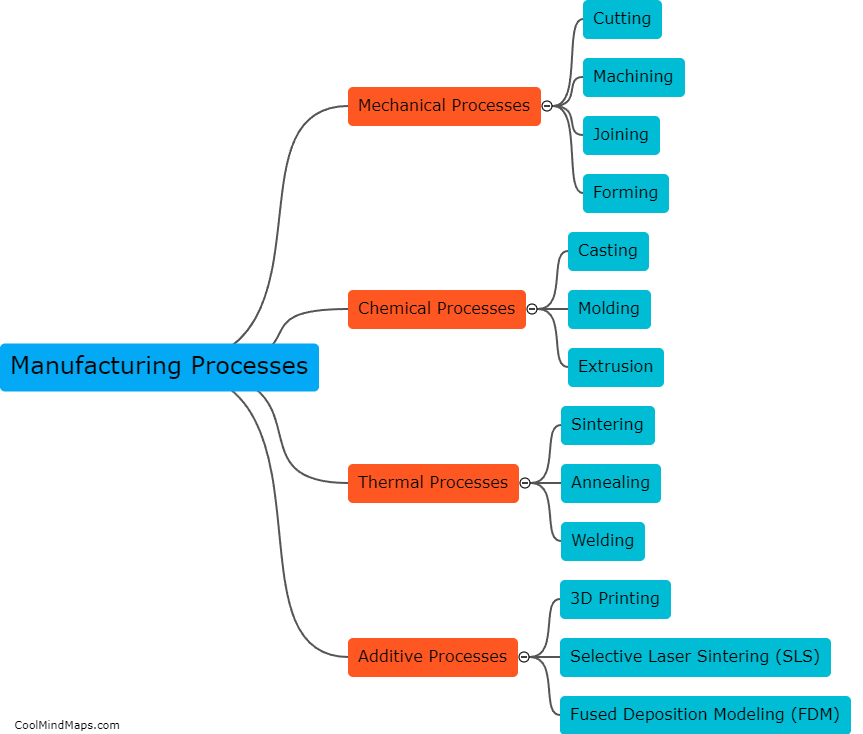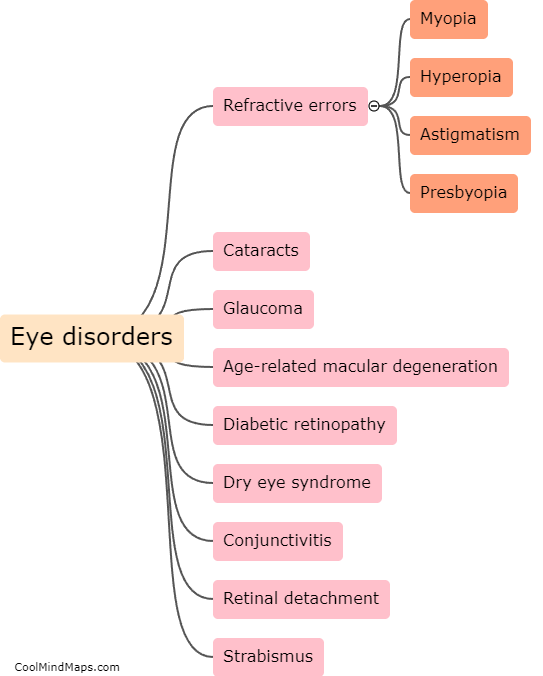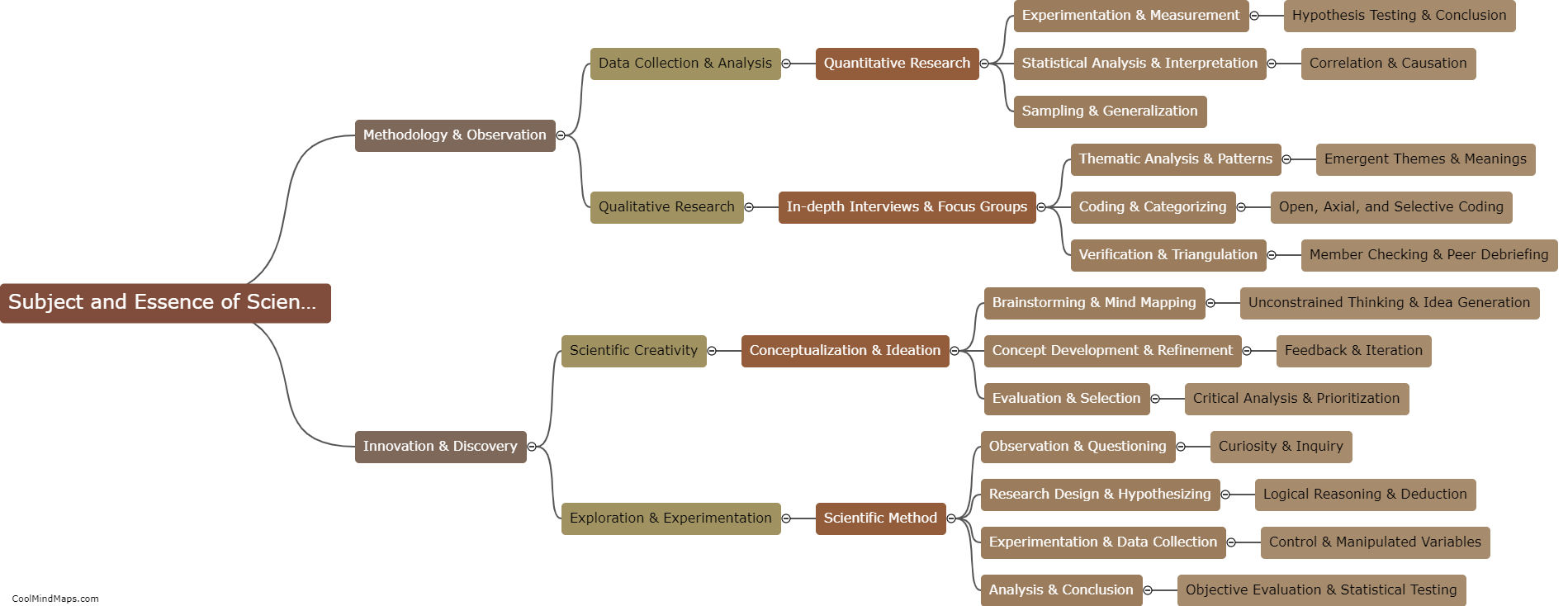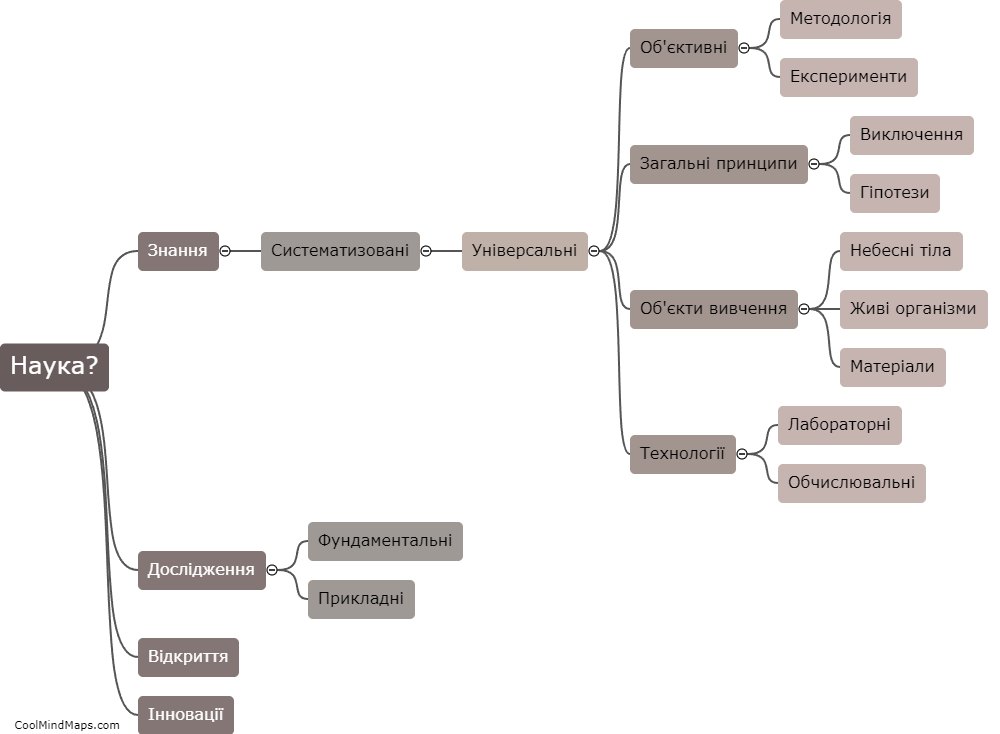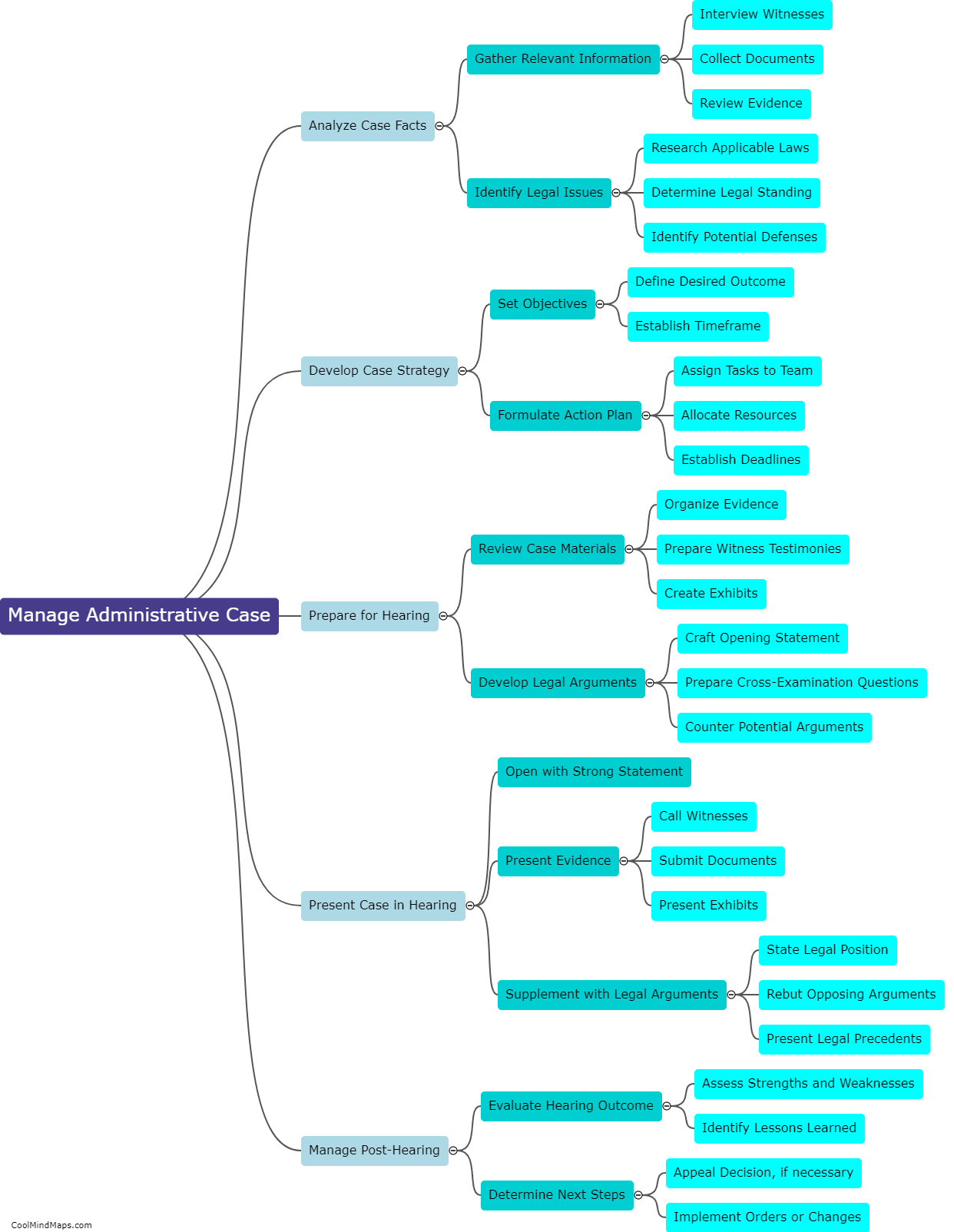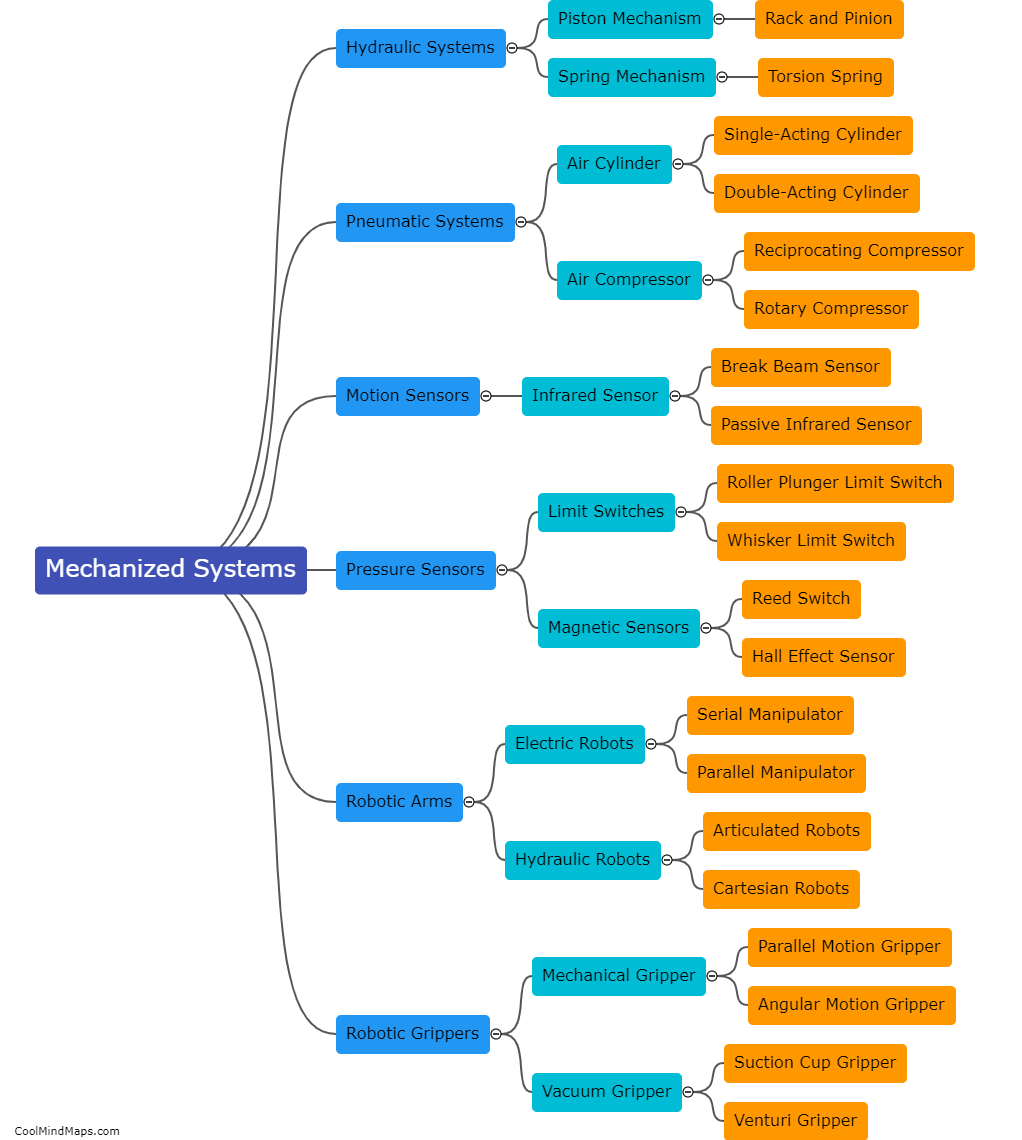What are the steps in conducting an administrative procedure?
Conducting an administrative procedure involves a series of specific steps to ensure efficiency and fairness. The first step is to clearly define the objective or purpose of the procedure. This involves identifying the problem to be addressed or the goal to be achieved. Once this is established, the next step is to gather all the relevant information and data necessary for making informed decisions. This may involve conducting research, collecting statistics, or analyzing past records. After gathering the necessary information, the next step is to develop a detailed plan or strategy outlining the steps to be taken and the resources required. This plan should also specify the timeline for completing each task or phase of the procedure. Once the plan is in place, it is important to communicate it to all the relevant stakeholders, such as staff members, clients, or other parties involved. The next step is to execute the plan by implementing the actions outlined. This may involve coordinating activities, assigning tasks, or ensuring compliance with regulations or policies. Throughout the process, it is crucial to monitor and evaluate the progress and outcomes of the procedure. This allows for adjustments to be made if necessary and for identification of any potential issues or areas of improvement. Finally, at the end of the procedure, a review should be conducted to assess the overall effectiveness and identify lessons learned for future procedures. By following these steps, an administrative procedure can be conducted in a systematic and effective manner.
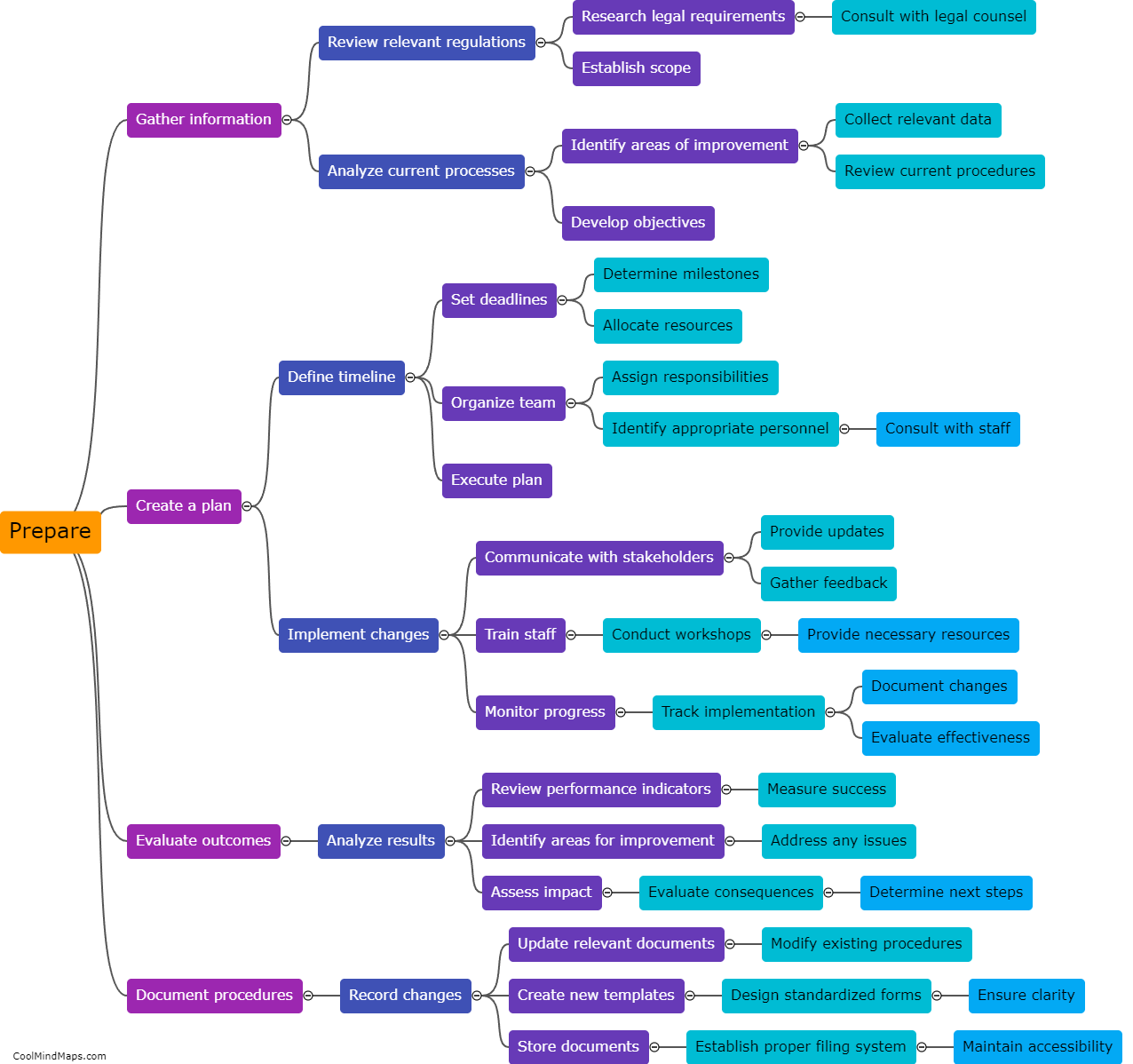
This mind map was published on 10 November 2023 and has been viewed 101 times.

